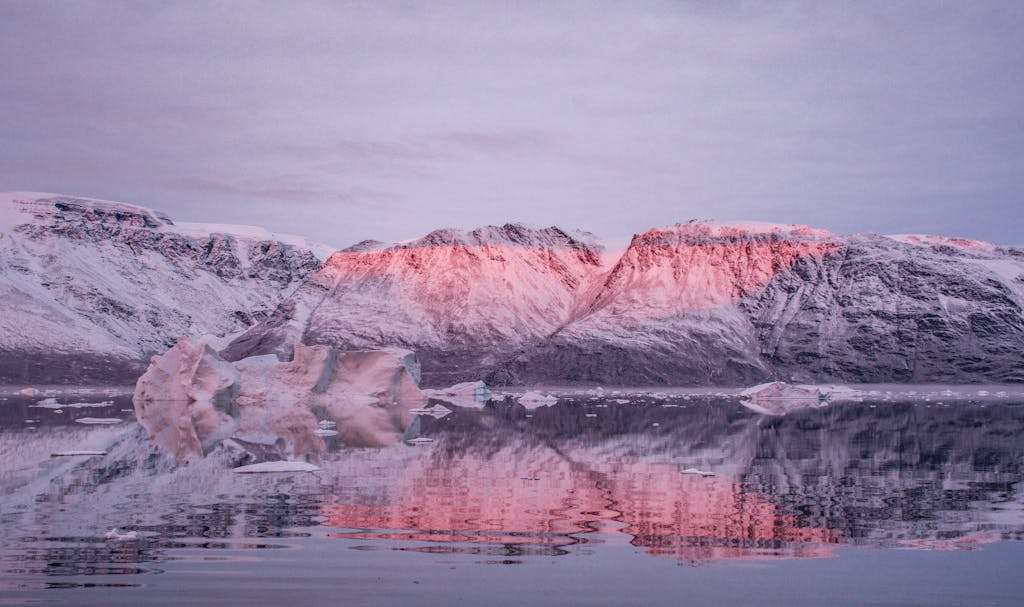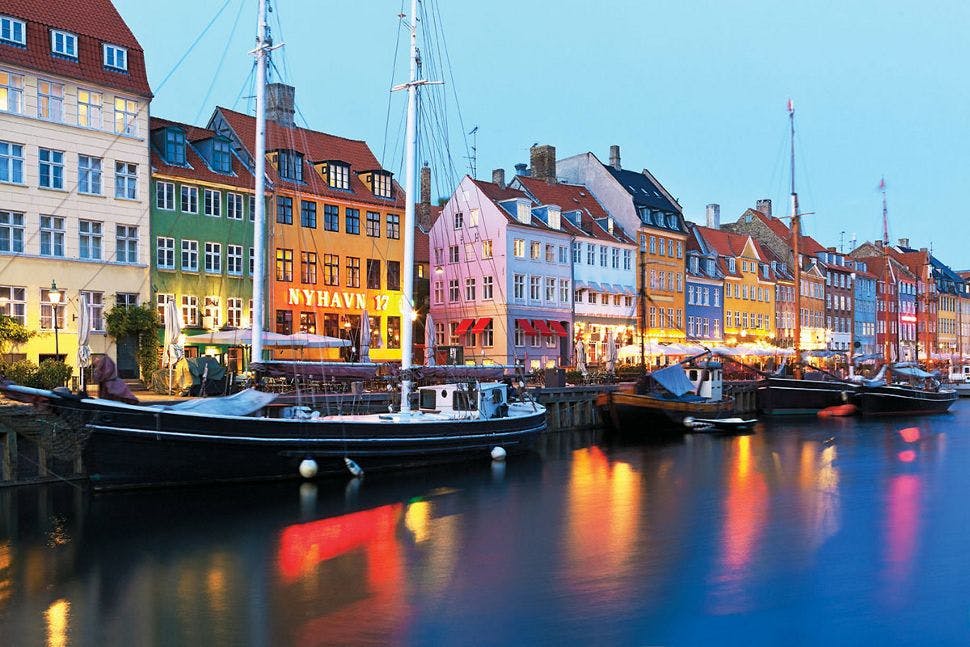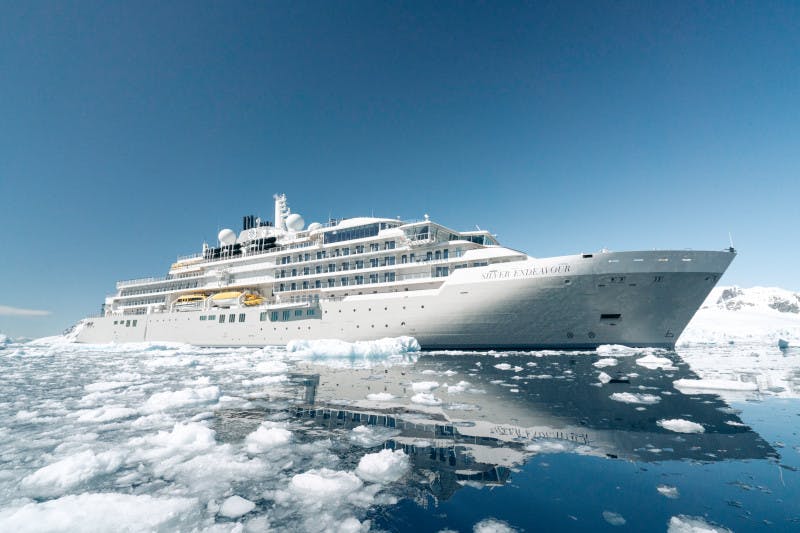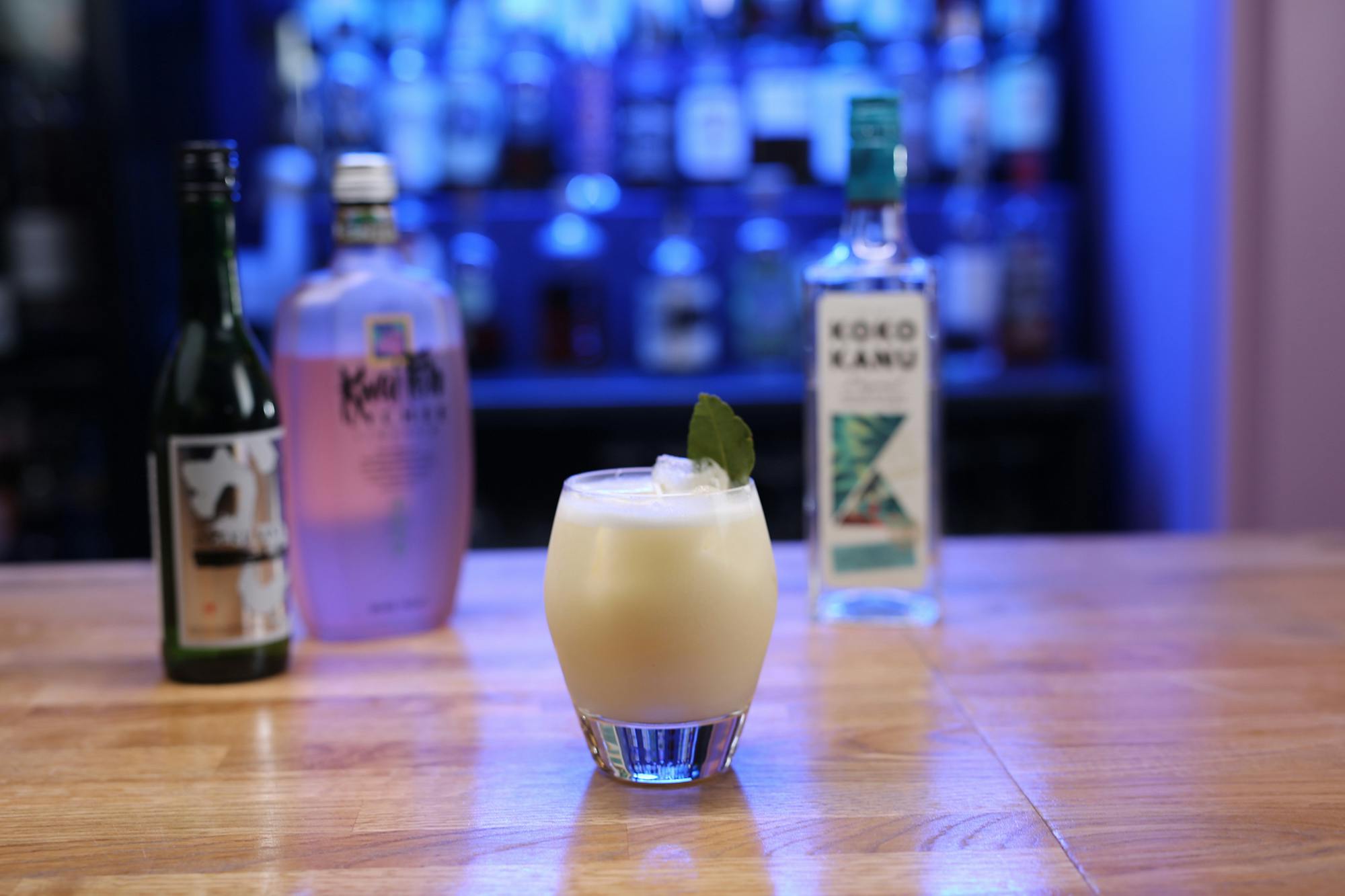Things to Do in Greenland: Kayaking to Red Island to See Its Beautiful Landscape
Three hundred feet tall. Three hundred million years old. As vivid as a candle in a cave.
Røde Ø — Red Island — is a geographic marvel that stands out as one of the top things to do in Greenland, a place where “big” and “memorable” are everyday descriptions.
Greenland is the biggest island on Earth, and at 822,700 square miles, is 10 times larger than Britain. It holds the planet’s second-largest ice sheet at 660,000 square miles. That’s much smaller than the biggest, which is Antarctica‘s, but the two combined hold about 99 percent of Earth’s fresh water.
Red Island, in Scoresby Sound (sometimes written as Scoresbysund) on the eastern shore of Greenland, is thought to be the world’s largest fjord system. Its farthest reaches are more than 200 miles from the main coastline, and its deepest parts are, at 4,760 feet, nearly a mile down.
It’s known for scenic geography and rich wildlife; visitors will likely see walruses, seals, narwhals, polar bears, whales, muskoxen, puffins and many other Arctic creatures. The 350 or so residents of Ittoqqortoormiit, Scoresby’s one town, still rely on subsistence hunting and fishing, common throughout the Arctic.
Finding beauty in a stark landscape
Røde Ø, a single monolith of rock rising above the iceberg-strewn waters, is often likened to similar-looking but distant landscapes, including the badlands of the American Southwest. As there, vegetation here is sparse, but includes low-growing crowberries (shrubby evergreens) and heath.

The island also is coincidentally positioned to block glacier-calved icebergs drifting from interior ice sheet edges toward the sea. As the bergs lodge on Røde Ø, they stack up in a “graveyard” while they are slowly melting.
Although calving is ongoing, climate change is making its presence felt in Greenland: The ice sheet lost 532 billion metric tons in 2019, scientists estimate. As vast as that sounds, it will take thousands of years of such activity to erase the enormous ice cap. Conversely, its sheer size means that the past quarter-century of melting has already contributed to global sea level rise.
The drama of approaching by sea
Generally, the Arctic is a pastel watercolor place glimmering within the blue end of the color spectrum, a vast landscape of platinum sea, ivory snow, indigo horizons, steel-gray rock, aquamarine ice, pearl clouds and opalescent light reflecting seemingly in a million directions.
That’s why Røde Ø is such a startling and conspicuous sight — and among the most memorable things to do in Greenland. It’s a desert shade, a penumbra of cinnamon in a metallic land. It often reminds world travelers of Australia’s Uluru and seems shaped similarly from some angles, although Uluru is larger and rises above a sea of sand and rock.

Approaching Røde Ø by kayak or Zodiac gives visitors a chance to experience the longstanding Greenlandic meme for this remote, distinctive landscape: “It makes you feel small.” Perhaps we should always feel that anywhere on Earth.
Even so, paddling amid a thousand icebergs on approach to a geologic marvel in a land as big as Greenland is a splendid moment to remember the scale of the world we inhabit and its many shapes, colors and living things.
Dreaming of Greenland? Expedition itineraries make experiencing this remote destination easy.



















